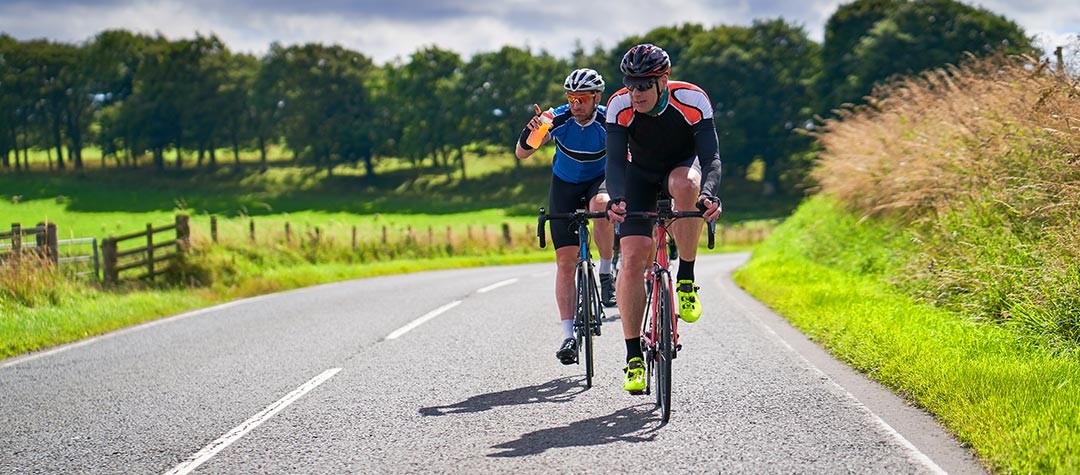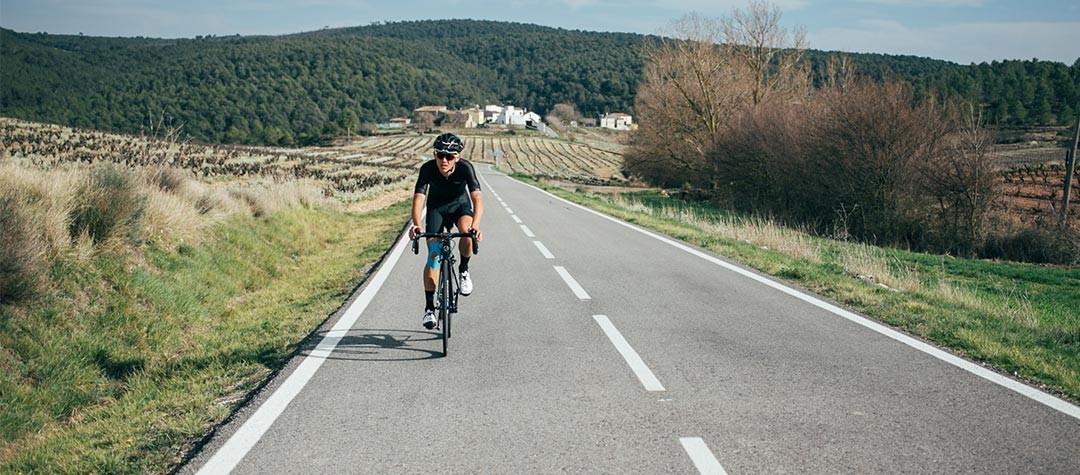Using a structured cycling training programme can do wonders for your fitness improvement as a cyclist.
A well-crafted plan will help you to maximise your riding time and provide both short and longer-term goals to work towards, which can be extremely rewarding. Sitting down and creating that programme though can be a daunting prospect for both novice and experienced cyclists alike.
So, here’s a step-by-step guide to building your own plan, and giving yourself the best chance of achieving your cycling goals.
Step 1 - Set your targets
The first thing to do when starting to create your training plan is to decide what you’re actually working towards and training for. This is the “macro” part of the process, and these goals and targets will ultimately guide what makes up the finer details of the programme.
Try to first identify 2-3 key targets or goals for the season, where these will be the most important and what the plan is ultimately building towards.
Next, try to decide on 3-5 smaller targets to help you on the way to those key goals, where these will act as important preparation and progress markers, as well as keeping you motivated as you go.
A handy system to use when setting these goals is to use a A, B, C priority ranking, where A is most important, B is somewhat important but not critical and C is of low importance or priority. This works especially well when your goals are tied to events like races or organised rides.
Once you have your goals nailed down, add them to some sort of calendar, whether that’s with pen and paper, an online calendar or by using a dedicated training app like TrainingPeaks or Today’s Plan. This will help you get a broad overview of the season and make the next step a lot easier…
Step 2 - Schedule the blocks or periods
Now that you’re clear on your goals and targets, it’s time to start working backwards from them in order to build the constituent blocks that will give you the best chance of success.
These blocks or periods are also called “mesocycles”, and typically last for 3-5 weeks depending on your training history, experience and current fitness.
There are a few key best practices to follow when building these blocks:
• Ensure each block has a purpose or benefit to your fitness that you can clearly identify. Examples might be “improve endurance”, “develop sprint power” etc.
• Make each week in a block build on the previous one through slight increases in volume and/or intensity
• Use the final week in a block as a rest week, taking some time off the bike and also riding easily for a reduced number of hours than your previous weeks.
As you plan backwards from the dates of your goals to the present day, try to make the earlier blocks about building your foundational fitness like basic endurance, strength etc and the blocks closest to your targets about honing your specific, race-like fitness and abilities.
This process is called periodisation and helps to ensure your body is able to handle the more stressful workouts that will come in the final stages of preparation towards a standout performance.
Step 3 - Plan your training weeks
The next step in the creation of your plan is to put together the weeks of training that will make up each of the blocks or periods, which are the “microcycles”. At this point, it’s sufficient to broadly plan the immediate few weeks by deciding what each day will roughly entail, and leave any precise planning until closer to the time.
It’s useful to create a basic structure for each week based on your training time availability, which will most likely be dictated by your job and other life commitments. From there, you can decide which days will be for recovery, for higher intensity work like interval training and for your long, steadier rides to name but a few.
As a general rule, look to put together a fairly balanced weekly structure that might include 1-2 recovery days , 1-2 interval days and 1-3 longer, steadier rides, being smart about which days work best for different types of workouts, e.g. longer rides on the weekend, recovery days when you have little/no time to train and interval training on week day mornings or nights.
Finally, you’ll then want to decide on the individual workouts…
Step 4 - Choose the workouts
When all of the above has been mapped out, the final step in the planning process is to decide on the workouts that will make up the next 1-2 weeks of training. Which workouts you choose will be closely linked to the purpose of that particular training block, whether it’s a training or a recovery week within that block, as well as your time availability as we discussed before.
A great tip that many experienced athletes and coaches use is to create a workout library of the training sessions you’ve done in the past, so that you’re not reinventing the wheel each time it comes to adding a workout to the weekly schedule. Segmenting these workouts by their purpose works really well, e.g. whether the workout develops endurance, works on your VO2max etc.
That being said, do try to use a variety of different workouts week-to-week in order to constantly challenge the body, since this usually leads to greater adaptive responses from the body and ultimately greater fitness. There’s always more than one way to develop a particular ability, and using a range of sessions has the added benefit of helping you to stay motivated and avoid burnout too.
Bonus tips
As well as going through these important steps, there are a few things you can do to further improve the quality of your plan. The first is to stay flexible and understand that any form of forward planning is only a best guess at what the ideal training is. You may well find that you’ve either under or overestimated your capacity and that the right course of action is to change from what you had originally planned.
The second is to build in some kind of tests or performance markers throughout your plan to make sure it’s doing its job and helping you improve. This could be a 1 minute, 5 minute or 20 minute max effort if you have a power meter, or even a time trial on a local hill or Strava segment.
Finally, be sure to include enough recovery in your programme. It’s very easy to get carried away scheduling all kinds of long rides and fancy interval sessions, but it’s during rest that the body is able to adapt and grow stronger, so never undervalue the importance of a day off or recovery ride.















